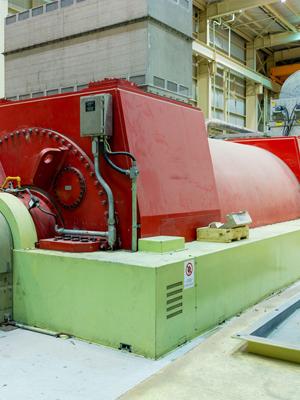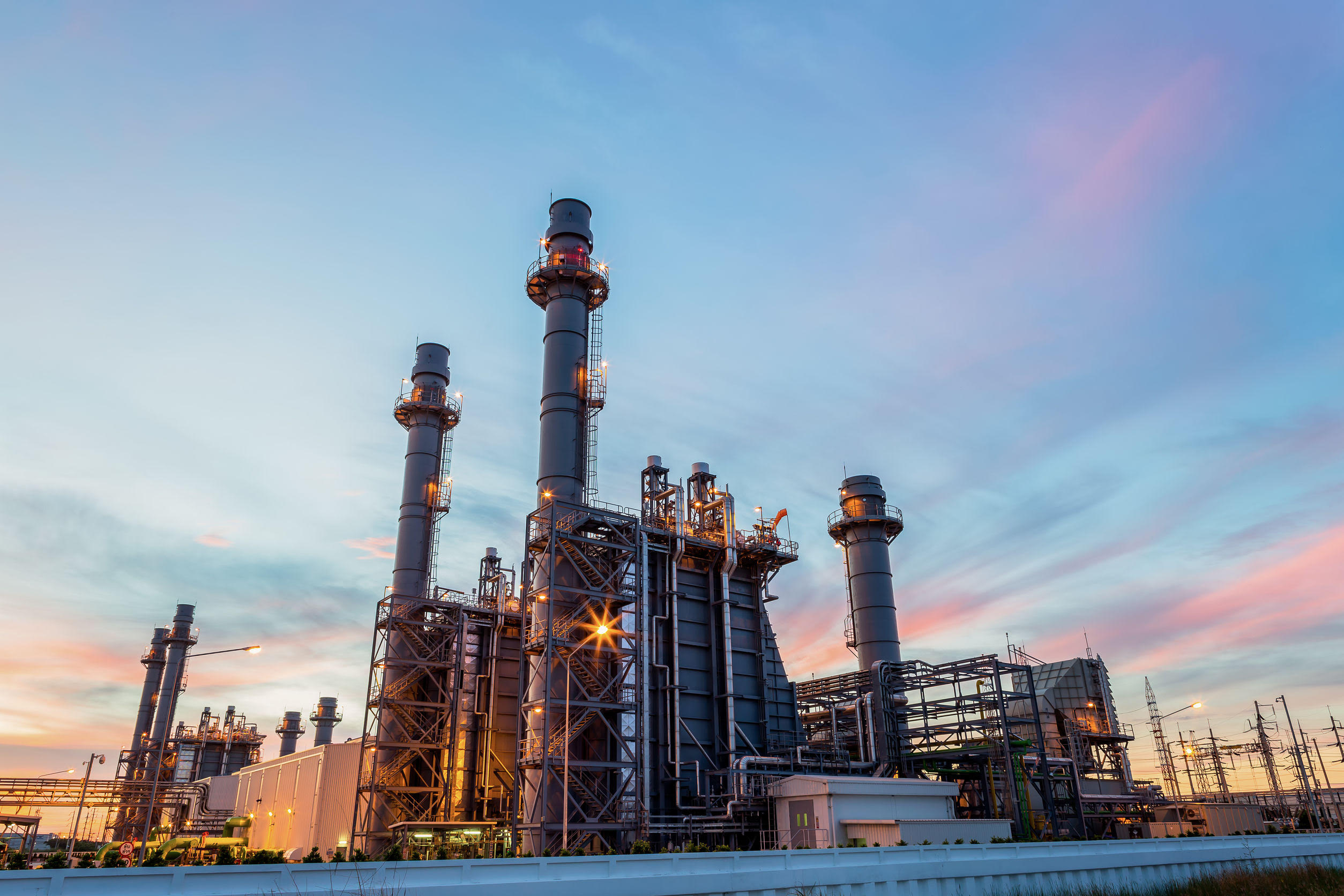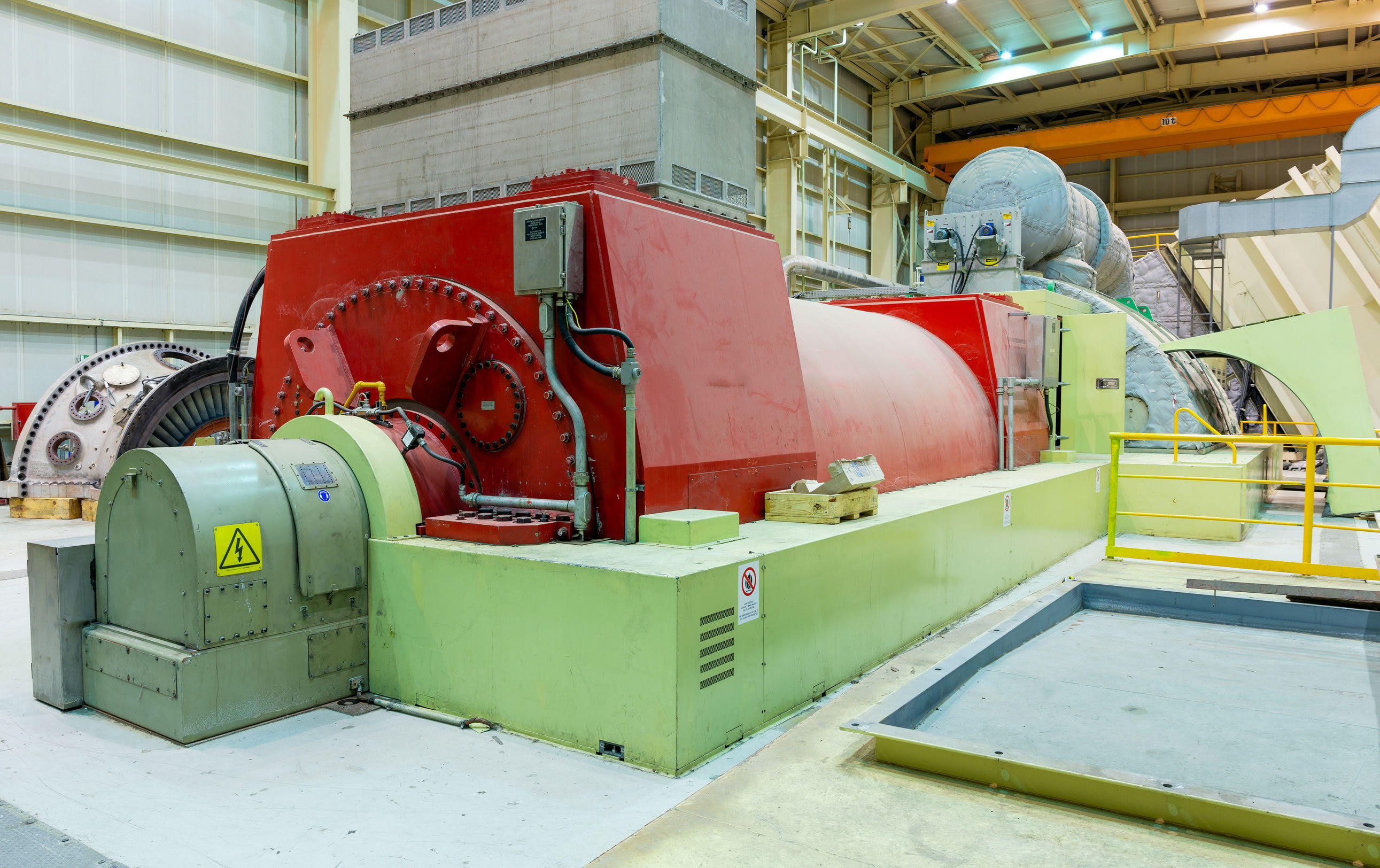Laser Scanning Accelerates Power Plant Conversions to Natural Gas

NVision Inc.’s engineering services help coal-fired power plants that are converting to natural gas quickly determine optimal locations for installing updated instrumentation. “By measuring the equipment via laser scanning and then creating precise 3D models of the turbine assemblies for engineers to analyze for optimal installation points, we can significantly expedite these plant upgrades,” says Steve Kersen, president of NVision. “This can result in huge cost savings for projects that would otherwise have been budgeted for a lengthier period using less sophisticated measurement methods. At one southeastern power plant, NVision’s laser scanning services enabled the plant to increase output by 30% and save over $250,000 by shortening the project timeline, reducing downtime and labor costs, and avoiding engineering rework and installation errors.”
According to the most recently compiled figures from the U.S. Energy Information Administration (EIA), more than 100 coal-fired plants were either replaced or converted to natural gas between 2011 and 2019. (EIA data from 2020 onward have yet to be fully reported.) A number of these plants opted to switch to a Combined Cycle Gas Turbine (CCGT*) system.

Natural Gas Combined Cycle Electrical Power Plant
CCGT plants are more efficient than coal plants because they employ a dual-phase system in which the heat produced from fuel combustion is used to make up to 50% more electricity. First, fuel is burned in a combustion chamber and the resulting combustion gases power turbine generators to produce electricity. Then the waste heat from the gas turbine (s), which would normally be lost, is routed to boil water to create steam, which then spins a steam turbine generator, producing still more electricity.
The southeast plant’s conversion was part of a county pipeline expansion and increased the now-operational plant’s power output by nearly 35%. At the same time, emissions were reduced as CCGT plants emit only about half as much CO2 as a coal-fired plant.
“A key part of upgrading this plant was refurbishing existing turbomachinery to accommodate the new combined cycle system. The project involved adding updated sensors and emission controls to the plant’s turbine assemblies. NVision was brought in by plant management to laser scan, then create models of the existing turbine housings in order to plan the installation paths of the new sensors and controls into the internal cavity of the housings,” says Kersen.

Turbine and Generator in a Natural Gas power plant
NVision engineers used a range of advanced tools to scan and model the plant’s turbine assemblies. “The nature of this project necessitated the use of multiple scanners, each uniquely suited to a particular phase of the job,” says Kersen. For the initial work, NVision employed the company’s “Large Area” non-contact laser scanner to obtain complete scanning coverage of both the internal and visible external surfaces of three turbine covers and “fixed” lower housings. “The Large Area scanner provides extremely accurate measurements and geo-spatial data about large structures and areas. For the turbine assemblies’ relatively smaller flange hole pattern and internal surfaces, which required more accurate data collection, we used a laser tracker,” says Kersen. Like the Large Area scanner, a laser tracker can also measure over a large distance but takes discrete measurements at points in areas where high accuracy and detail are the priority.
As an object is inspected, the scanner generates a point cloud consisting of millions of points, each with x,y,z coordinates and i,j,k vectors. These points comprise an exact duplicate of the object’s surface, down to the most minute detail. Software integrated into the scanner is then used to convert the point cloud to an STL polygon, which is used as a template to create computer-aided design (CAD) models in IGES and STEP formats, both of which are generic CAD file types importable into most CAD software.
Measurement of other turbine components, including drive shafts, inlet guides and stator vanes, and airfoil contours, was performed with the company’s HandHeld scanner, a powerful portable scanning device capable of capturing 3D geometry from objects of almost any size or shape.
NVision completed scanning in three days. Engineers then processed the data to a fully-aligned assembly in Siemens NX, a high-end CAD/CAM/CAE software, providing plant engineers with a 3D model of the turbine assemblies. Engineers used this to analyze where sensors and controls could be installed and, where necessary, to redesign any parts or structures that needed to be changed for the conversion.
“Repurposing to a CCGT system is increasingly seen as a workable way for energy producers to reduce emissions and increase power output,” says Kersen. "The engineering services we provided to this plant and others switching to natural gas are reducing the time needed to complete the conversions and highlight the value of 3D non-contact optical scanning in modernizing energy infrastructure. As more plants shift to natural gas, NVision continues to play a key role in streamlining the conversion process and delivering measurable results.”
NVision’s major customers in the Energy sector include GE, Siemens, Dresser-Rand, Tennessee Valley Authority (TVA) and Moventas.
For more information, contact NVision, Inc., 577 Commerce Street, Suite 100, Southlake, TX 76092. Tel: 817.416.8006, Fax: 817.416.8008, Email: sales@nvision3d.com , Web: http://www.nvision3d.com
*Other acronyms used for this type of power plant include CCPP (Combined Cycle Power Plant), NGCC (Natural Gas-fired Combined Cycle), and CC (Combined Cycle).
About NVision
NVision, Inc. (www.nvision3d.com) was established in 1990 with one goal in mind: to provide customers with the highest accuracy non-contact optical measurement services for Reverse Engineering and Inspection. Focusing our expertise on the power generation, aerospace, and oil/gas industries, NVision provides exceptional contract scanning services to companies throughout North America. With a wide array of the latest scanning tools and materials analysis equipment, our elite team of engineers provides customers with an unparalleled level of experience and is able to advise and assist with the most difficult engineering challenges.
NVision's clients include industry leaders such as GE, Siemens, Dresser-Rand, Tennessee Valley Authority (TVA), Moventas, Raytheon, Boeing, Lear, NASA, Porsche, Toyota, and every branch of the U.S. military. NVision has been featured in Quality magazine, Packaging Technology Today, Moldmaking Technology, Digital Engineering, 3D Printing Industry, Today's Medical Developments, Machine Design, Design & Development Today, and many other leading publications.
